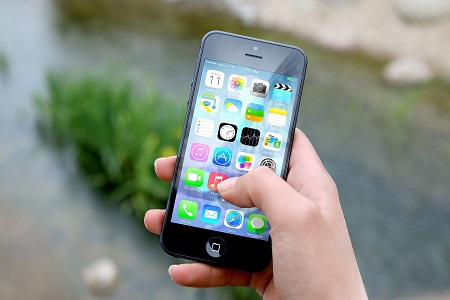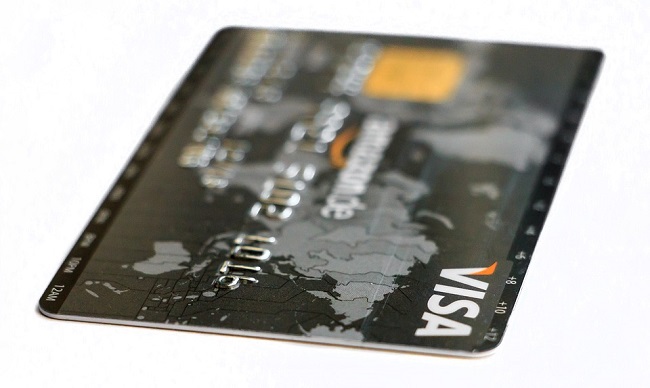Applications are now being used to help enhance the rate of customer engagement while shopping.
Marketers are continuing with their rapid adoption of techniques to reach consumers via smartphone and the popularity of mobile commerce apps is a new reflection of that attitude. A new report suggests that these marketers are using mobile applications as a new way of reaching their target audience.
The report was titled “Quantifying the Rise of Mobile Apps & The Value of Deep Linking.”
That report was published by The Relevancy Group in conjunction with Branch. The research data indicated that almost 45 percent of marketers are now developing and launching mobile commerce apps to enhance customer engagement. Furthermore, over 40 percent of marketers are looking to mobile apps to boost brand loyalty. About that same percentage of marketers are also using applications for the purpose of driving sales.
Marketers recognize the increasing value of mobile commerce apps to drive revenue.
 When asked their opinion about the effectiveness of m-commerce apps in driving revenue, marketers ranked them as fourth on the list of most effective channels. Above applications in terms of their effectiveness were: display advertising, social media marketing and email marketing.
When asked their opinion about the effectiveness of m-commerce apps in driving revenue, marketers ranked them as fourth on the list of most effective channels. Above applications in terms of their effectiveness were: display advertising, social media marketing and email marketing.
According to Branch’s Todd Patton, “Email marketing remains an important part of your marketing efforts.” Furthermore, “Email is the best channel to directly reach potential customers and loyal supporters, “ he said.
At the same time, marketers acknowledge that email marketing can be very effective while at the same time being easy to use. It remains a central marketing tactic for brands due to the simplicity of the tools required in order to reach customers. It is quick, cost effective and it reaches people on virtually any connected device.
A previous Adestra and Ascend2 report called “State of Digital Marketing – Benchmarks for Success,” showed that 61 percent of marketers feel email is the most effective marketing technique. Only 23 percent felt that it was the most challenging tactic to effectively execute.
That said, 38 percent of marketers felt mobile marketing was the most challenging to execute. Still, its effectiveness appears to have made the challenge worthwhile considering the rising number of mobile commerce apps being produced.

 Purchases made closer to home will not qualify for this
Purchases made closer to home will not qualify for this 